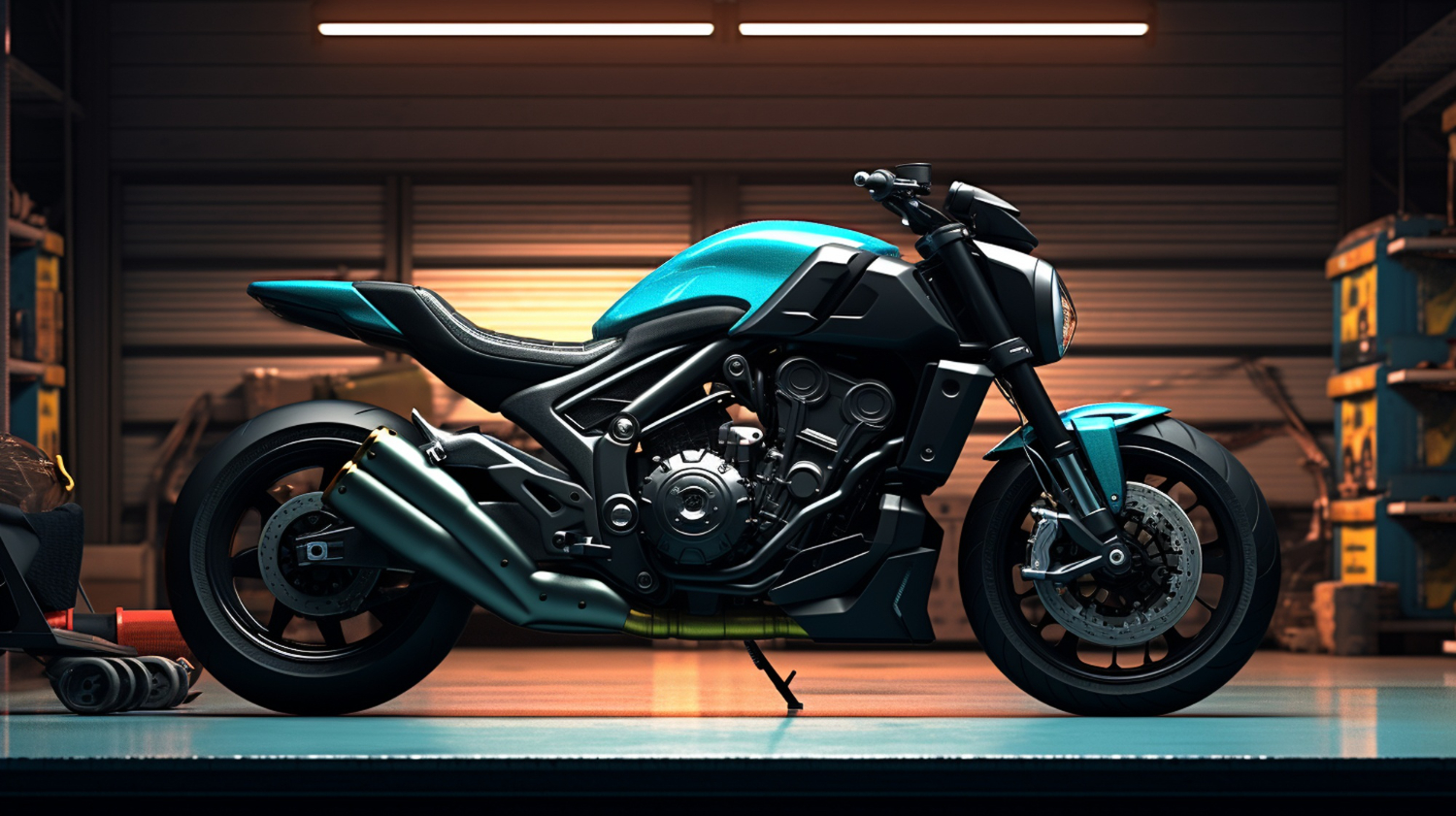Motorcycle owners know that riding season doesn’t last all year—especially in colder climates. When temperatures drop and roads become hazardous, putting your bike in storage is the safest choice. But simply parking it in the garage and walking away could lead to costly damage and unnecessary repairs come spring.
With a little planning and effort, you can protect your motorcycle during the off-season, save money on maintenance, and extend the life of your bike.
Here are proven tips for storing your motorcycle properly—and avoiding expensive surprises later.
1. Clean Your Bike Thoroughly Before Storing
Dirt, bugs, road grime, and moisture can lead to rust, corrosion, and paint damage if left untouched for months.
What to Do:
-
Wash your bike completely with soap and water.
-
Dry thoroughly to prevent moisture spots.
-
Apply a coat of wax to the painted surfaces to protect the finish.
-
Use a metal protectant or WD-40 on chrome and exposed metal parts.
Bonus: A clean bike is easier to inspect for leaks or worn parts when riding season returns.
2. Change the Oil and Filter
Used oil contains acids and contaminants that can corrode engine components during long periods of inactivity.
Why It Matters:
-
Clean oil provides a protective coating for internal parts.
-
Prevents sludge buildup and ensures smoother start-up in spring.
Make this part of your pre-storage routine, especially if you’re storing the bike for more than 60 days.
3. Add Fuel Stabilizer
Gasoline degrades over time. After just a few weeks, it can oxidize, causing varnish buildup in your fuel system and injectors.
How to Do It:
-
Fill your tank with fresh gas to prevent condensation.
-
Add the recommended amount of fuel stabilizer.
-
Run the engine for a few minutes to ensure the treated fuel circulates through the system.
This small step can prevent costly carburetor or injector cleaning later.
4. Maintain the Battery
A dead battery is one of the most common issues riders face after winter storage. Cold temperatures can drain power, and long periods of inactivity reduce battery life.
Cost-Saving Tip:
-
Use a smart trickle charger or battery tender to keep the battery healthy.
-
Avoid cheap chargers that can overcharge or damage the battery.
If you don’t have access to electricity in your storage space, consider removing the battery and storing it indoors in a cool, dry place.
5. Check and Protect Your Tires
Tires can develop flat spots when sitting in one position for months. Cold air also reduces pressure, increasing the risk of sidewall cracks.
Preventative Steps:
-
Inflate tires to the manufacturer’s recommended PSI.
-
If possible, use a center stand or paddock stands to take weight off the tires.
-
Alternatively, roll the bike slightly every few weeks to change the tire contact points.
You’ll extend the life of your tires and avoid premature replacements.
6. Seal Openings and Cover the Bike Properly
Mice and other pests love to crawl into exhaust pipes or air filters to build nests during winter.
What You Can Do:
-
Seal the exhaust with an exhaust plug or clean rag (just remember to remove it before your first ride).
-
Block the air intake if needed.
-
Cover the bike with a breathable motorcycle cover—avoid plastic tarps that trap moisture and cause mildew or rust.
A proper cover will also protect against dust, scratches, and UV damage.
7. Store in the Right Environment
Where you store your motorcycle plays a major role in its overall protection.
Best Practices:
-
Indoors, in a garage or storage unit, is ideal.
-
If storing outdoors, elevate the bike on a platform or thick cardboard to avoid moisture from the ground.
-
Avoid areas exposed to freezing wind, rain, or direct sun.
If renting a storage unit, compare climate-controlled options with basic units—the extra cost may be worth it if it prevents thousands in damage.
8. Pause or Adjust Insurance, Don’t Cancel It
Some riders cancel their motorcycle insurance during the off-season to save money—but that can be a mistake.
Better Approach:
-
Ask your provider about storage or lay-up coverage, which protects against theft, fire, or vandalism while your bike is parked.
-
Maintain comprehensive coverage even if you drop liability and collision temporarily.
This approach keeps your bike protected and prevents a lapse in coverage, which can increase your future premiums.
9. Lubricate Moving Parts
Parts like chains, cables, and pivot points can dry out and corrode during storage.
Before You Store:
-
Lubricate the chain, clutch cables, kickstand, and throttle.
-
If storing for more than a few months, fogging oil can also be sprayed into the cylinders to protect internal engine components.
Keeping things well-lubricated ensures smoother performance when riding season returns.
Proper off-season motorcycle storage isn’t just about protecting your bike—it’s about saving money, avoiding unnecessary repairs, and extending the life of your investment.
By following these simple but effective storage tips, you’ll enjoy a smoother, cheaper, and stress-free return to the road when the riding season kicks back in.
Whether you store your bike for a few months or half the year, a little preparation now can save you hundreds—or even thousands—later.

